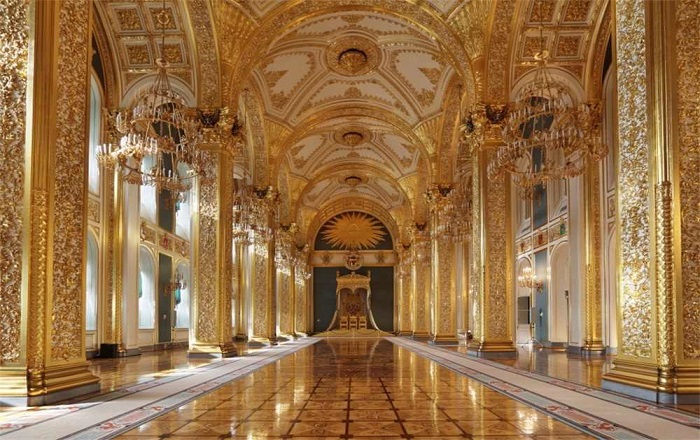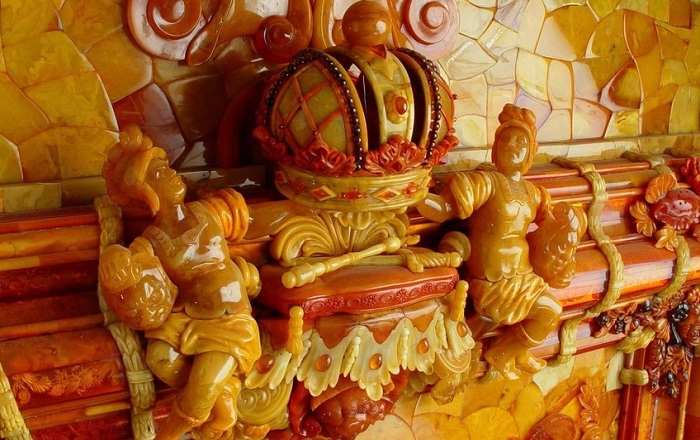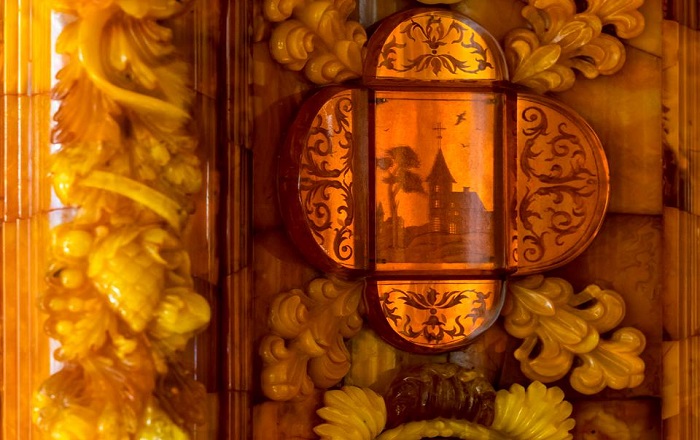Visit to Pushkin







Excursion to The Catherine Palace With Famous Amber Room and Walking to The Park
The town of Pushkin (formerly Tsarskoye Selo), just outside St. Petersburg, has a marvelous ensemble of palaces and parks. It is particularly famous for its impressive baroque Catherine Palace where Catherine the Great lived and died. The palace was almost totally destroyed during World War II, but has risen like a phoenix from the ashes due to the unparalleled restoration effort undertaken since the war. The present-day palace was designed by Bartolomeo Rastrelli, the Royal architect, who created the Winter Palace and the Smolny Cathedral. Most of the restored interiors date back to the times of Empress Elisabeth, daughter of Peter the Great, though there are some early 19th century interiors too. Catherine the Great used to live in a separate wing of the palace, and when she was in her sixties she would still walk through the whole palace on her way to church.
Further on in the Catherine Palace, the most noteworthy interiors are those in the so-called Cameron Rooms, the suites decorated in the reign of Catherine the Great by her favourite architect, Charles Cameron. His penchant for classical symmetry and his superb taste for colour are evident in the charming Green Dining Room, originally fitted for Catherine’s son Paul, and the delightful Blue Drawing Room, with its blue-and-white painted-silk wallpaper and superb painted ceiling. More flamboyant but equally charming, the Chinese Blue Drawing Room also boasts exquisite painted-silk wallpaper featuring intricate Chinese landscapes.
Visit the palace, stroll along the alleys of the park with its numerous pavilions, ponds and sculptures. Next to the palace there is Lyceum (Litzei), a 19th century school for the elite, where the famous Russian poet Alexander Pushkin and many other celebrities studied. Further down the road there is the Aleksandrovsky Palace which must be familiar to those who have read Macey’s «Nicholas and Alexandra». The family of the last Russian tsar Nicholas II used to like this palace and it is from here that the whole family left, in 1917, for Yekaterinburg where they were brutally murdered.
Amber Room
The Greeks believed that amber was the rays of the sun, petrified. Imagine an entire room covered with panels of amber, glowing and catching the light — no wonder the Amber Room at Tsarskoe Selo was considered to be the Eighth Wonder of the World. King Friedrich Wilhelm I of Prussia presented the room as a diplomatic gift to Peter the Great in 1717 after Peter had admired it while a guest in Charlottenburg, Berlin.
The room was first installed in the Winter Palace, but in 1755 Empress Elizabeth ordered Francesco Rastrelli to move it to the Catherine Palace. The individual amber panels were carried from St Petersburg to Tsarskoe Selo by 76 guardsmen in six days. They were not large enough to complete the new 100 m decor, so mosaic and mirror insets were added and the upper part of the walls was painted to imitate amber. There were 4 Florentine mosaics in the decoration of the Amber Room which had been created in Florence (Italy). The mosaics’ plots are 5 allegories: hearing, taste, eyesight, sense of smell, sense of touch.
During the Second World War occupying troops removed the amber panels in September 1941, and they were brought to Alfred Rode, head of the Konigsberg Art Museum in Kaliningrad. Part of the Amber Room was last seen on display in Konigsberg Castle, before being hidden in its catacombs.
The Amber Room was being recreated since 1979 and was opened at the 300-year anniversary of the city of Saint Petersburg.
